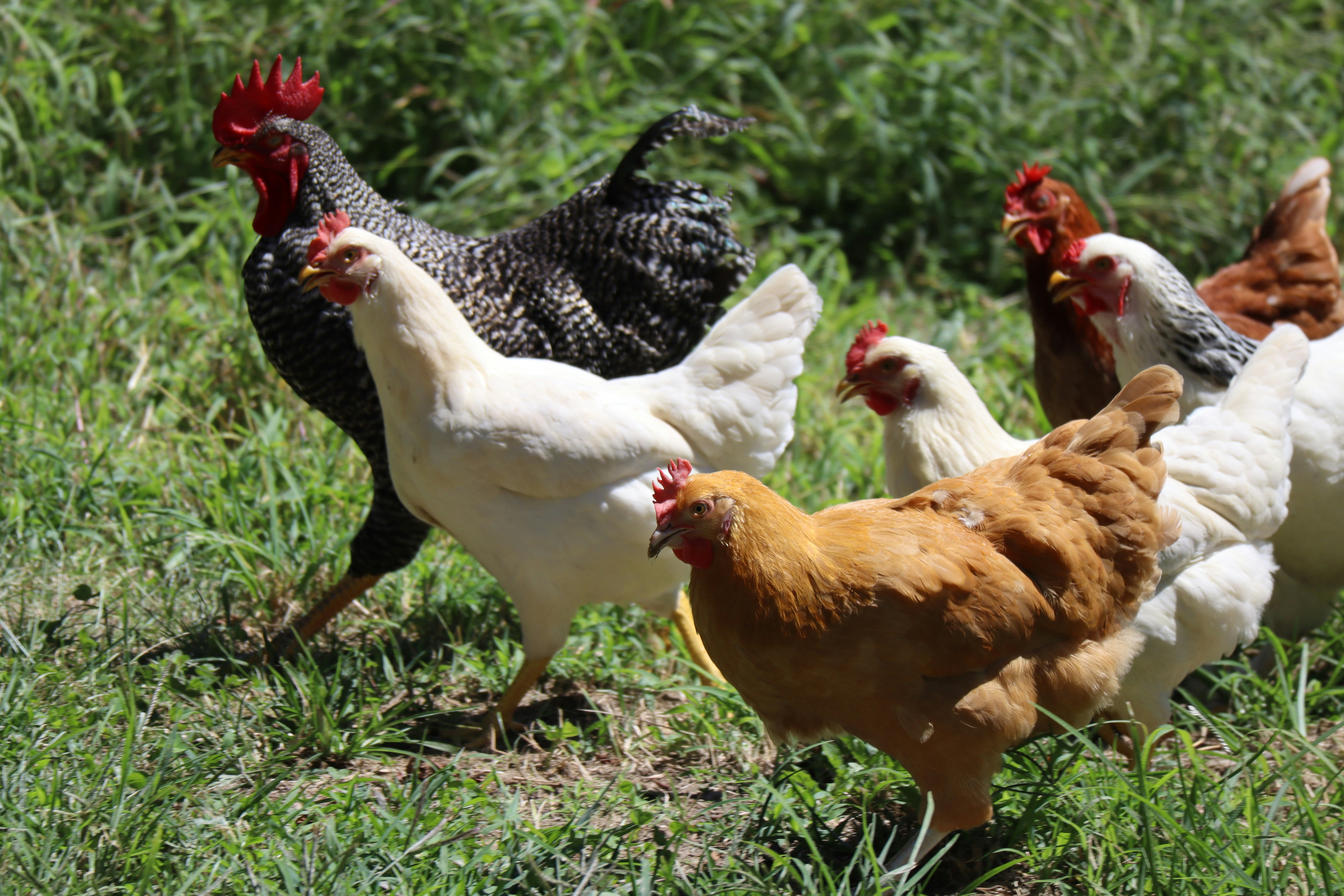Media release
From:
Author comment from Dr Magda Dunowska:
"Mammalian influenza viruses comprise a large group of viruses. Some of these viruses can cause disease of varying severity in avian and mammalian hosts. All influenza viruses are thought to have originated at some point in the past from avian influenza viruses (AIV) that circulate among wild waterfowl (their natural host). Historically, AIVs rarely caused disease in wild waterfowl. However, their occasional spread to commercial poultry could result in a mutation to a highly pathogenic form, leading to outbreaks of severe respiratory disease and death in poultry. Avian influenza viruses also rarely spread directly to mammalian hosts other than pigs. This traditional outlook on the biology of AIVs has been recently challenged by the worldwide spread of AIVs of the H5N1 subtype among many different species of birds and mammals, highlighting a departure of this particular subtype of AIV from the “expected” behaviour. While HPAI H5N1 subtype has not been detected in New Zealand, another subtype of AIV (H7N6) has recently caused the first-ever recorded outbreak of HPAI in this country. In this short editorial, I have summarised the key biological features of influenza viruses, speculated on the origin of the outbreak virus, and highlighted the evolving aspects of the biology and epidemiology of the H5N1 viruses to help the interested reader understand the complexity of the current AIV situation, both locally in New Zealand and worldwide."



 New Zealand
New Zealand


